The original Berber inhabitants of the Canary Islands are generally called the Guanches. As an independent nation, the Guanches no longer exist. They mixed with the Spanish settlers and together formed the basis of today’s population of the Canary Islands.
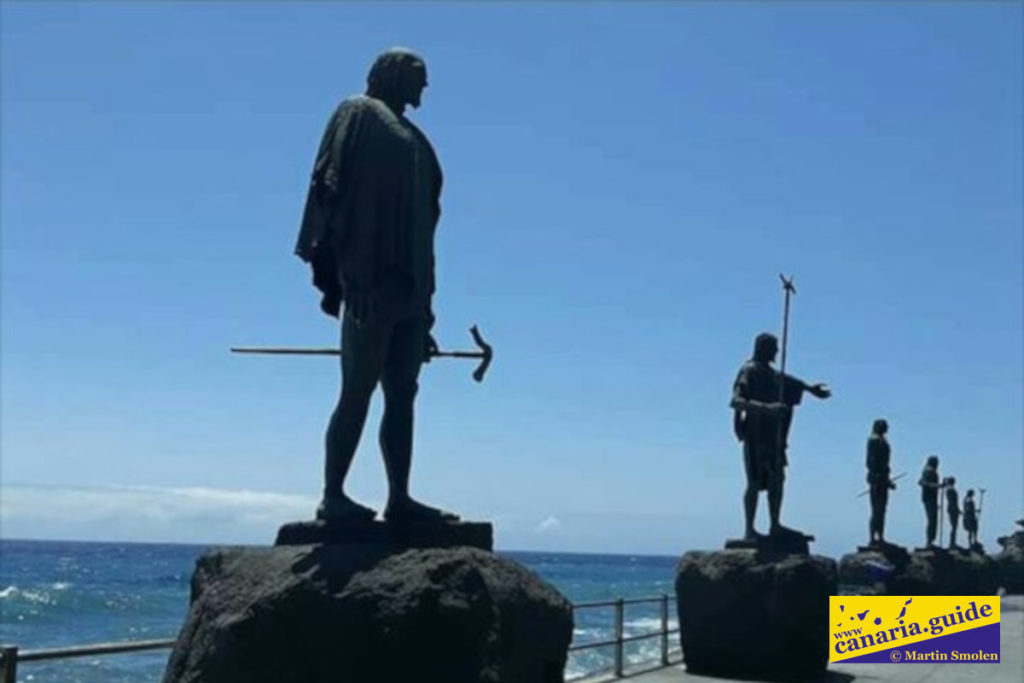
Kinship with the Berbers
According to skeletal remains Guanches belonged to the europoid race. According to their pale skin and hair, it could be concluded that their ancestors were Berberians who had come here from nearby Morocco. This is confirmed by genetic studies, according to which there was the first settlement of the Canary Islands in sometime in the 1st millennium BC. The same studies confirm that the Guanches were related to the North African Berber. However, they do have some specific genetic traits that the North African Berber do not have. This is evidenced by the fact that the North African population has undergone transformation, while the Guanches have remained in isolation. It has also been found that the Guanches genes make up about 2/3 of the gene pool of the current Canary Islands population.
Discovering the Spaniards
Although the Canary Islands were already known to the ancient Romans and were sporadically visited by European sailors since the 8th century AD, Guanches were discovered by Spanish conquerors only in the 14th century. The development of Guanches and its material equipment corresponded to the Stone Age. They made their living mainly by breeding sheep and goats, partly farming and worshiping their own gods. They used stone tools and inhabited mainly caves created in stiff lava flows. However, they also mastered some advanced skills, especially the mummification of the deceased wrapped in goat skins.
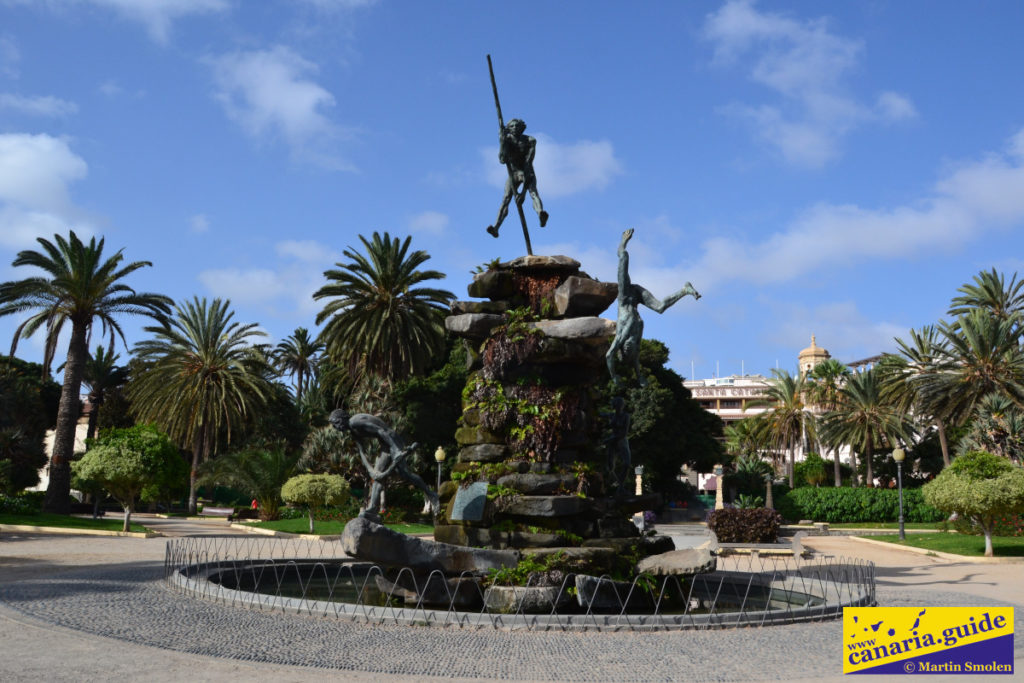
Differences between individual islands
Although in general we refer to the Canary Islands’ inhabitants as Guanches, their names, but also their development, were very different on individual islands. Each of the islands had its own name as well as a name for its inhabitants. Some islands were divided into several separate administrative units, some islands were united. Let’s look at what each island looked like.
Tenerife
Original name: Achinech, Achineche, Chineche
The meaning of the name of the island in the original language: rumble, noise
Indigenous people: Guanches
The island of Tenerife was divided into nine “kingdoms” or menceyatos, which were ruled by different lineages and the central part of the island, which was common and public. These were the Daute, Abona, Taoro, Adeje, Anaga, Icode, Güímar, Tegueste and Tacoronte. The headquarters of the ruler of Tenerife was originally Adeje in the south of the island. The division occurred after the death of the ruler Tinerfe el Grande. Then each of his nine sons gained a separate territory. Tinerfe el Grande also had an illegitimate son Aguahuca, who also acquired a separate territory of Punta del Hidalgo but did not have a royal title.
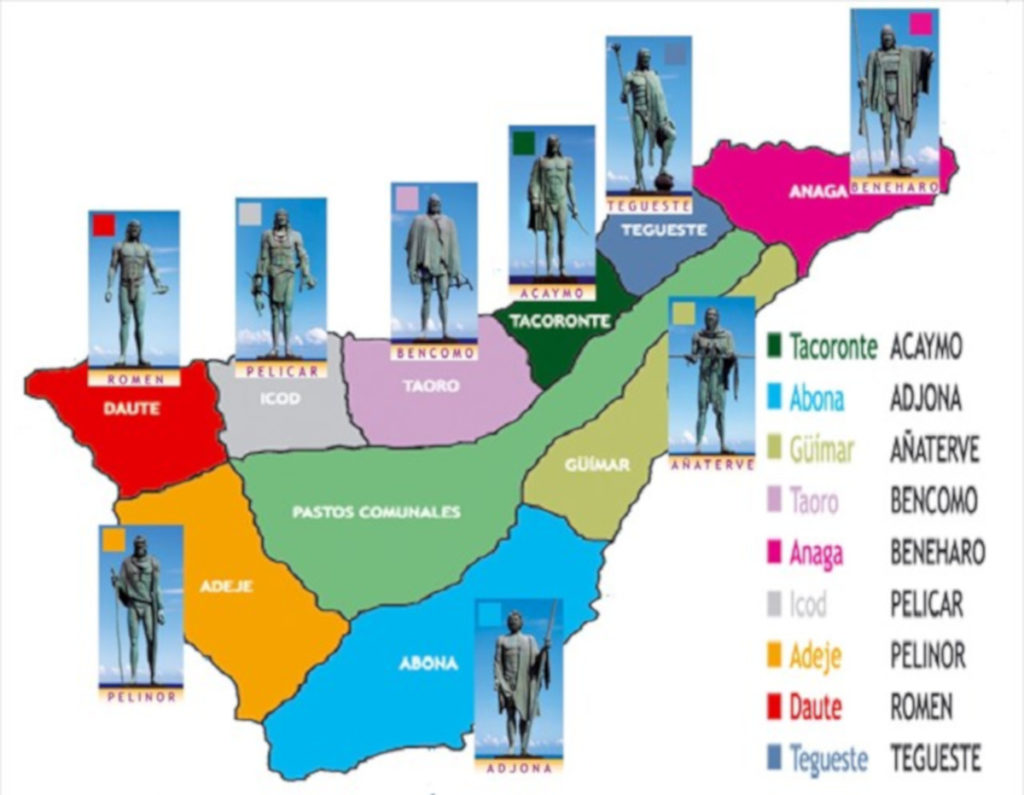
Gran Canaria
Original name: Tamaran, Canaria
The meaning of the name of the island in the original language: large, bold
Indigenous people: Canarios
In Gran Canaria was initially 10 so-called. guanartemates: Galdar, Telde, Aguimes, Tejeda, Aquexata, Agaete, Tamaraceite, Artebirgo, Artiacar and Arucas. Due to the constant invasion by sailors and pirates, a unification was made and all territories merged into one kingdom of Galdar. The island was ruled by leader Gumidafe and his fortune teller Andaman. Shortly before the Spanish conquest of the island, the kingdom was divided into two self-governing territories. The division occurred after Gumidafe’s grandson Taghoter Semidan had two sons. Guanache Semidan ruled the Galdar and Bentanguaire Semidan ruled the Telde.
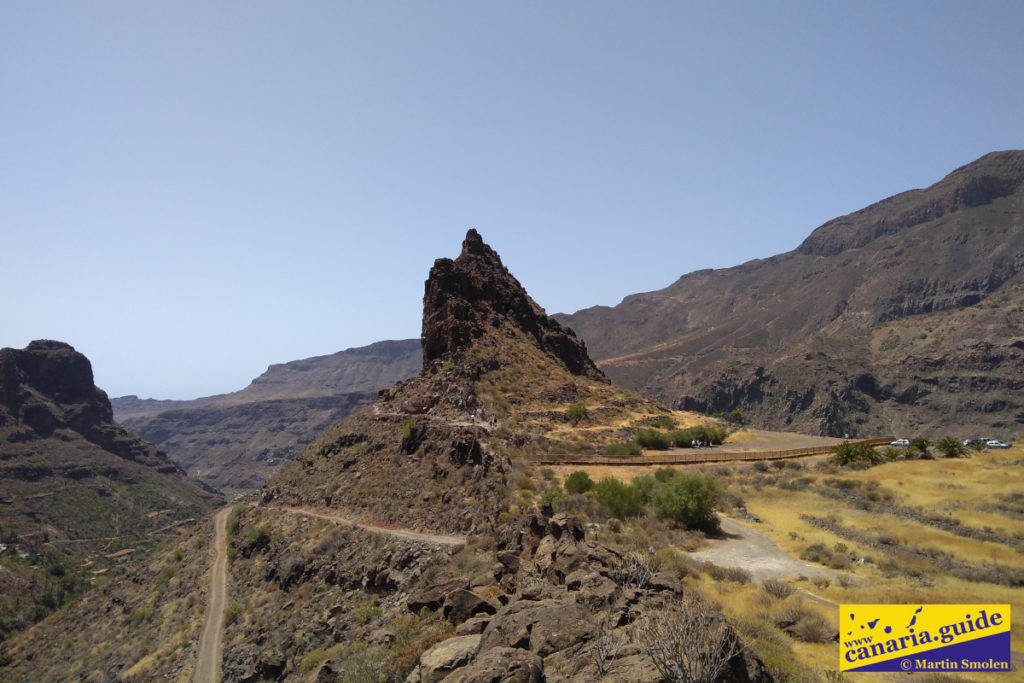
Fuerteventura
Original name: Maxorata, Erbania
The meaning of the name of the island in the original language: sons of the country
Indigenous people: Majos
The island of Fuerteventura at the time of the conquest was divided into two separate tribes under the leadership of the kings of Guizea and Ayozea. The territories of these tribes were Maxorata in the north and Jandía in the south. Both areas were separated by a wall, the remnants of which have been preserved to this day.
Lanzarote
Original name: Tyterogaka o Titeroygatra
The meaning of the name of the island in the original language: all yellow
Indigenous people: Majos
The island of Lanzarote was not divided, it was one kingdom. The last king was Guadarfía, who ruled the island at the time of the arrival of the Normans under Bethencourt.
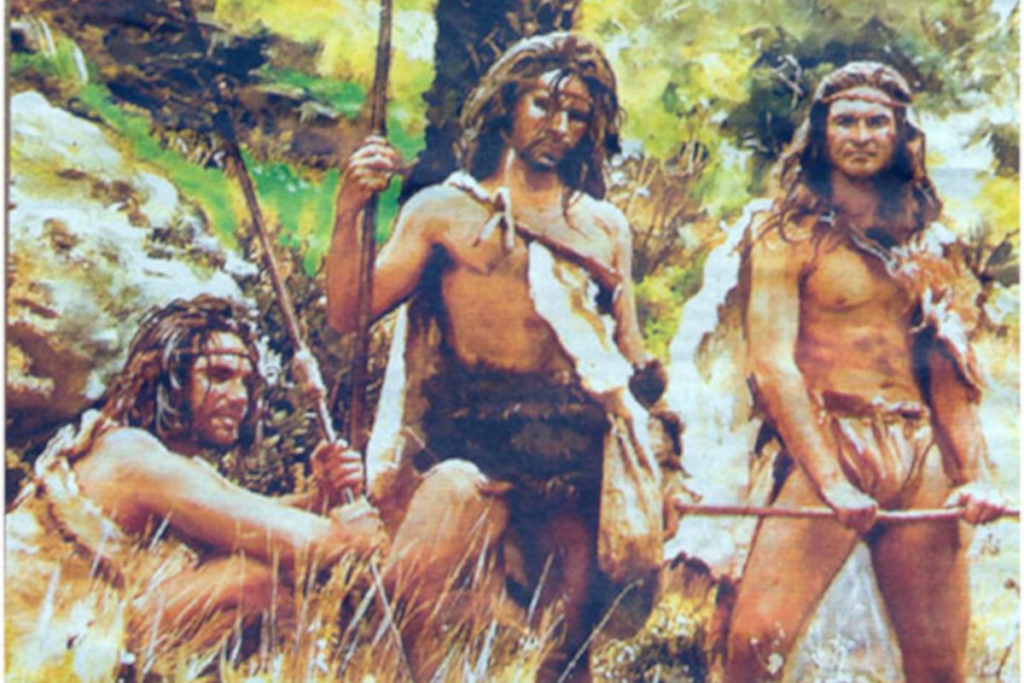
La Palma
Original name: Benahoare
The meaning of the name of the island in the original language: place of ancestors
Indigenous people: Benahoaritas, Auaritas
La Palma Island was divided into 12 regions: Tagalguén, Tijarafe, Acero, Aridane, Tihuya, Tamanca, Abenguareme, Tigalate, Tedote, Tenagua, Adeyahamen and Tagaragre. The twelfth canton corresponds to today’s La Caldera area. This canton was called “Aceró”, which means “strong and invulnerable place”. Unlike Tenerife or Gran Canaria on La Palma, there was no central authority or ruler superior to all regions.
La Gomera
Original name: Ghomara
The meaning of the name of the island in the original language: remarkable
Indigenous people: Gomeritas
La Gomera was divided into four separate regions: Agua, Mulagua, Orone and Hipalan.
El Hierro
Original name: Eceró, Heró
The meaning of the name of the island in the original language: the rock wall
Indigenous people: Bimbaches
Like Lanzarote, the island of El Hierro was not divided into smaller areas. At the time of the conquest of the island by the Normans, it was ruled by Prince Armich.
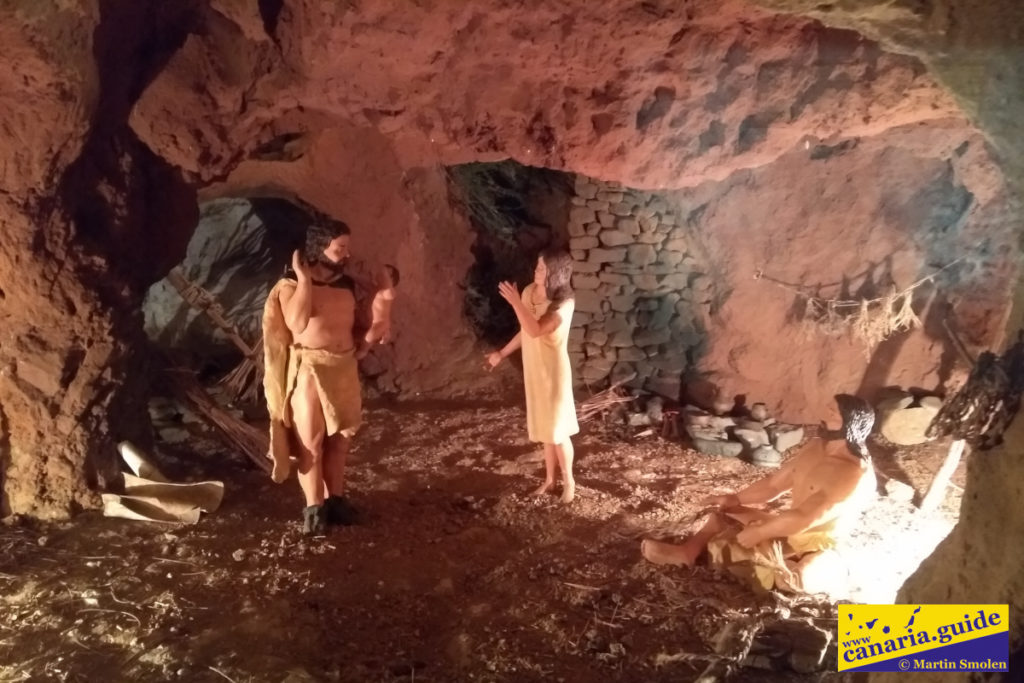
It should be noted, however, that not all of these territorial delineations correspond to the same type of political-social organization. While in some islands, such as La Palma, the so-called “kingdoms” rather correspond to tribal formation, Gran Canaria was formed by an organization at the level of the primordial states.
At the time of the conquest, the most populous islands were Gran Canaria and Tenerife. It is estimated that about 35,000 to 40,000 natives lived in Gran Canaria, 30,000 to 35,000 in Tenerife, about 4,000 on La Palma, about 2,000 on La Gomera, about 1,000 on El Hierro, and on Fuerteventura and Lanzarote altogether about 900 natives.
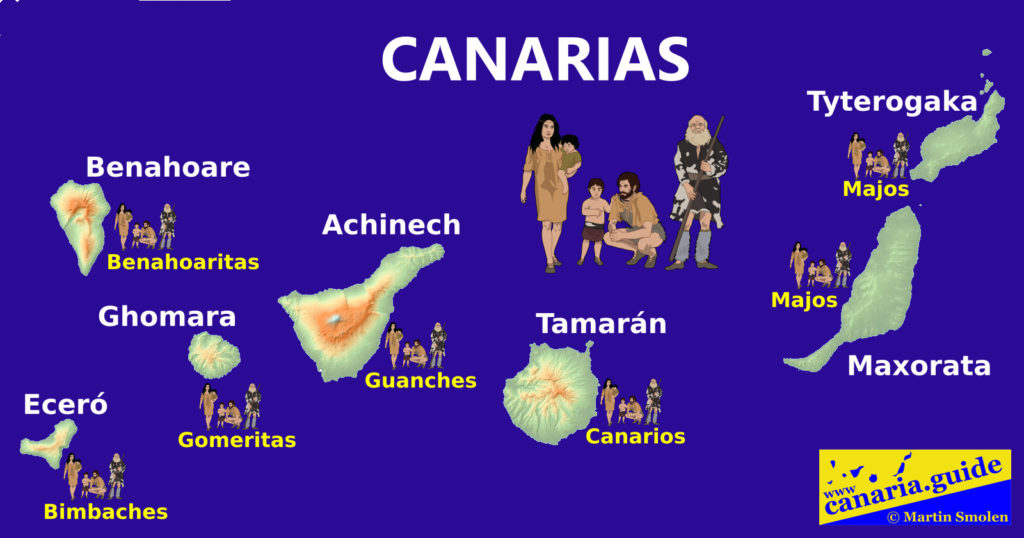
Social structure
The company was patriarchal and matrilineal, especially in Tenerife and Gran Canaria. It was divided into layers defined by wealth, with cattle being considered the basis of wealth. Each island was divided into territories ruled by the king – Guanartém (Gran Canaria) or Mencey (Tenerife). The class system was also different on each of the islands and was clearly identified only in Gran Canaria and Tenerife. The population of both islands was divided into nobles, soldiers and population. The purity of blood between high-ranking nobles was absolute and had to be demonstrated.
Most of the cattle were probably owned by Guanartem or Mencey. Justice was conducted in a public square (“tagoror” in Tenerife, “sabor” in Gran Canaria) by a group of prominent figures. According to the first visitors to the islands, the laws and punishments were extremely severe.
(Photo: unlabeled – internet source.)
Did you like this article, was it useful to you? You can also support the creation of this website by sending any amount to ES08 0049 5735 1122 1616 5370, swift BSCHESMM. Include “Canaria Guide Support” in the note. Thank you for supporting.
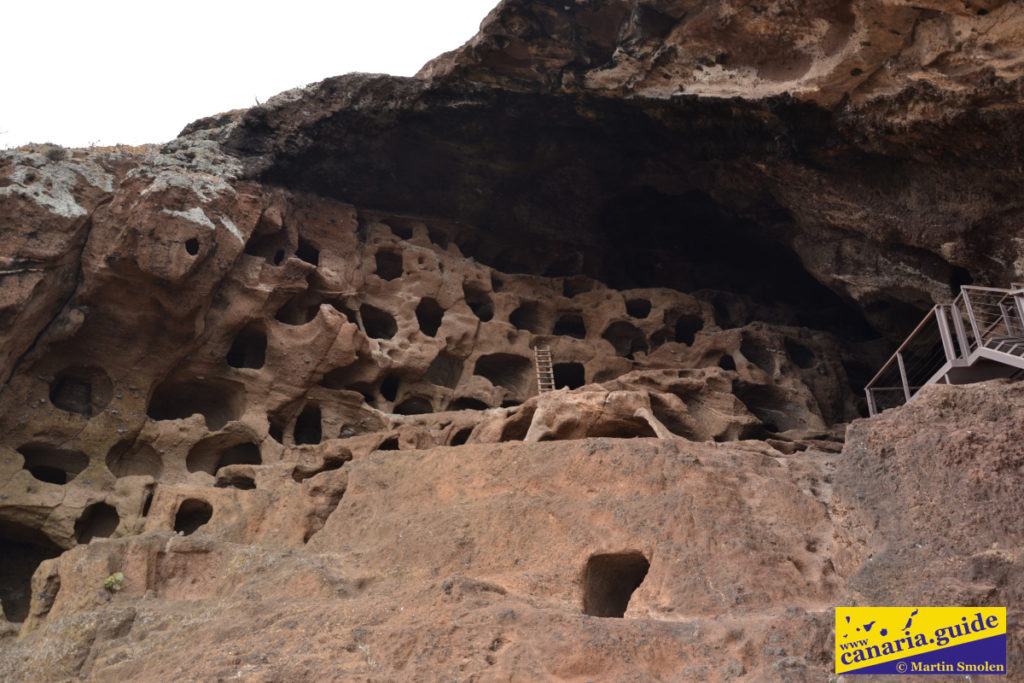

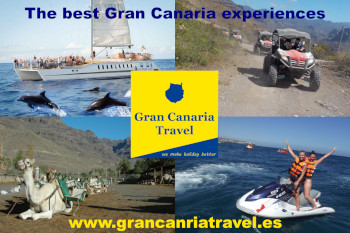

How do the today Canarians call each other, e.g. how are the inhabitants of Las Palmas called?
You should visit Betancuria, the original capital of the Canaries. Here you get a good impression of the “old life” in Fuerteventura and the other islands.